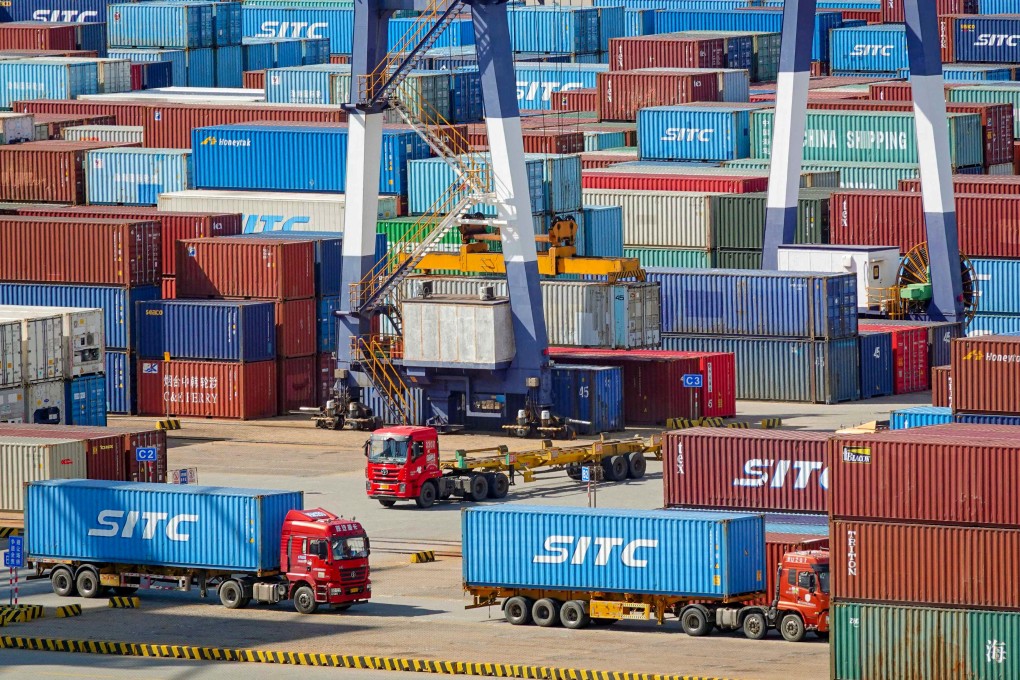Trade war tariffs have collapsed US imports of Chinese IT hardware and consumer electronics
- US imports from China of IT hardware and consumer electronics have slumped 62 per cent since 2018, a new study shows
- However, American imports of exercise equipment and lithium batteries from China have jumped considerably

Four years into the trade war, China has lost significant US market share in IT hardware and consumer electronics to Mexico and Taiwan, though its exports of low-end semiconductors have not yet been fully replaced, a new study has found.
Former US president Donald Trump imposed a 25 per cent tariff on Chinese-made network servers, modems, routers, wireless headphones and smartwatches in 2018 when he fired the first salvoes in the trade battle.
Since then, US imports from China of IT hardware and consumer electronics have slumped 62 per cent, whereas imports from the rest of the world are 60 per cent higher, the Peterson Institute for International Economics (PIIE) said in the study, published on Thursday.
China’s share of US imports for these products has been cut by nearly two-thirds, from 38 to 13 per cent in four years, according to the American think tank, with Mexico and Taiwan now “sizeable” foreign suppliers.
But in regards to semiconductors, which power an array of electronic devices at the core of the modern economy, the US has not fully replaced the loss of Chinese imports, PIIE said.